Description
As of 2019, this book has been discontinued and replaced by The Marshalla Guide.
***
Learn the techniques and tips that you were never taught in school. This reference is considered the original oral-motor resource and has changed the lives of thousands of therapists. Learn how to facilitate jaw, lip, and tongue movements, and how to normalize client oral-tactile sensitivity. This book has been one of our best-sellers for 25 years.
“I’ve owned this book for 20 years and it’s been an incredible help for me! [It] completely outlines all the fundamentals of artic therapy in ways I was NEVER taught in school! A+”
Book Details
This course text is highly detailed, well-organized, and filled to the brim with step-by-step therapy strategies. Learn why and how to do basic oral-motor therapy. This book contains dozens of details diagrams on phonetic placement and the movement of the oral mechanism.
Oral-Motor Techniques was named Top Ten by the Library of Speech and Language Pathology in 2002, and was SuperDuper’s best-selling oral-motor book in 2001. This book has been used as supplemental reading material in graduate courses on articulation and motor speech disorders.
This book clearly explains:
- Infant developmental stages
- Jaw facilitation activities
- Tactile sensitivity
- Lip retraction and how to get tongue/lateral margin elevation
- How to stimulate /l/, /k/, /g/, /r/, and /s/
- How to reduce drooling and treat apraxia.
“Your tips are wonderful! The pictures of the tongue and how it should look during /r/ production are priceless!”
Chapters
Chapter 1. Introduction to Oral-Motor Therapy
- Speech is Movement
- Definition of Oral-Motor Therapy
- Purpose of Oral-Motor Therapy
- Primary Goal of Oral-Motor Therapy
- Therapies which Incorporate Oral-Motor Techniques
- Goals of the Six Treatment Areas
- General Goals of the Oral-Motor Program
- Oral-Motor Therapy for Speech is Not Feeding Therapy
- Relationship Between Speech and Swallowing
- Diagnosing Oral-Motor Problems
- General Versus Specific Oral-Motor Therapy
- The Inclusion Rule of Oral-Motor Therapy
- Exercises, Cues and Stimulation Techniques
- Power of Stimuli 18 Hand-on Versus Hands-off Treatment
- Following Sanitary Procedures
- Length and Duration of Treatment
- Oral Rest Position
Chapter 2. Principles of Movement Applied to the Oral Mechanism
- General Concepts
- The Organization of Motor Control
- Sensory Components
- Patterns of Movement Breakdown
Chapter 3. The Tactile and Proprioceptive Systems
- The Tactile System
- The Skin
- Oral-Tactile Sensitivity Problems
- Examining Oral-Tactile Sensitivity
- Goals of Oral-Tactile Therapy
- General Guidelines for Normalizing Oral-Tactile Sensitivity
- Stimulus Guidelines for Normalizing Oral-Tactile Sensitivity
- Organizational Guidelines for Normalizing Oral-Tactile Sensitivity
- Proprioceptive Stimulation Techniques
- Oral-Exploratory Play for Hands-Off Oral-Motor Learning
- S.A.T.P.I.O.M.s
- Sample Procedures to Improve Oral-Tactile Sensitivity
Chapter 4. The Jaw
- Jaw Movements Jaw Movements in Mature Speech
- Jaw Movements in Development
- The Jaw-Tongue-Palate Triangle
- Diagnosing Jaw Movements
- Deviations in Jaw Movements
- Jaw Facilitation Techniques
Chapter 5. The Lips
- Basic Muscle Review
- Lip Movements in Speech
- Lip Movements in Speech Development
- Diagnosing Lip Movement
- Problems in Lip Movements
- Lip Retraction
- A Hierarchy of Lip Therapy
- Techniques to Reduce Lip Retraction
- Tactile and Proprioceptive Stimulation Techniques to Activate the Lips
- Feeding Therapy Techniques to Activate the Lips
- Voluntary Lip Exercises
Chapter 6. The Tongue
- Historic Divisions of the Tongue
- Palatography
- Differential Tongue Movements in Speech
- Functional Zones of the Tongue
- Stability and Mobility in Tongue Movements
- Summary of Tongue Movements in Speech
- A New Concept of Tongue Movement
- Tongue Movements in Swallowing
- The “Normal” Tongue Configuration
- Tongue Movement Problems
- Facilitating Basic Tongue Movement
Chapter 7. Putting It All Together
- Hierarchy of the Oral-Motor Approach
- Developmental Apraxia
- Severe Unintelligibility
- The Frontal Lisp
- The Lateral Lisp
- Facilitating Back Phonemes /k/ and /g/
- Facilitating Phoneme /l/ Facilitating Phoneme /r/
Annotated Bibliography
Oral Motor Techniques is:
- Softcover
- 112 pages
- Appropriate for SLPs
- For clients two years of age and older

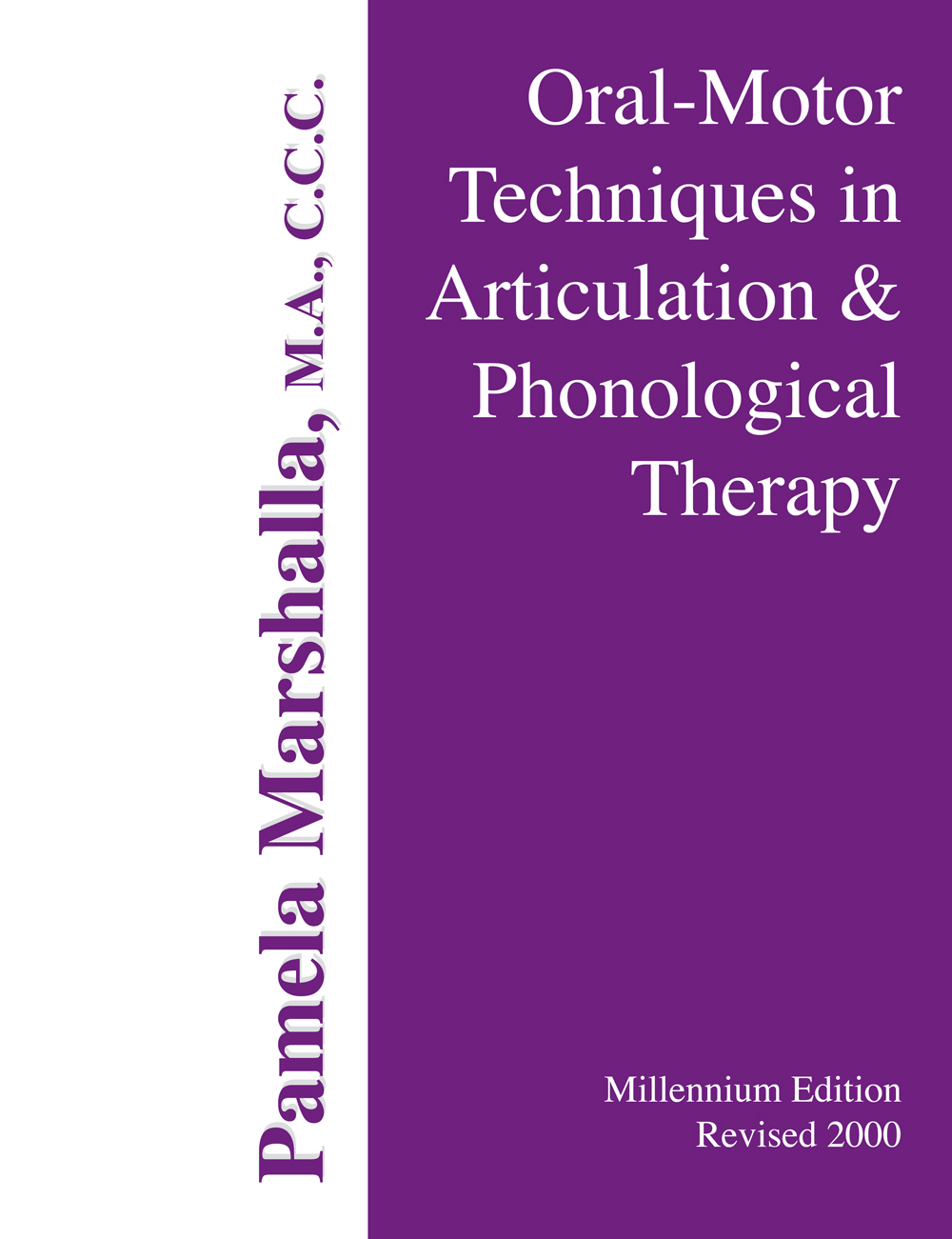
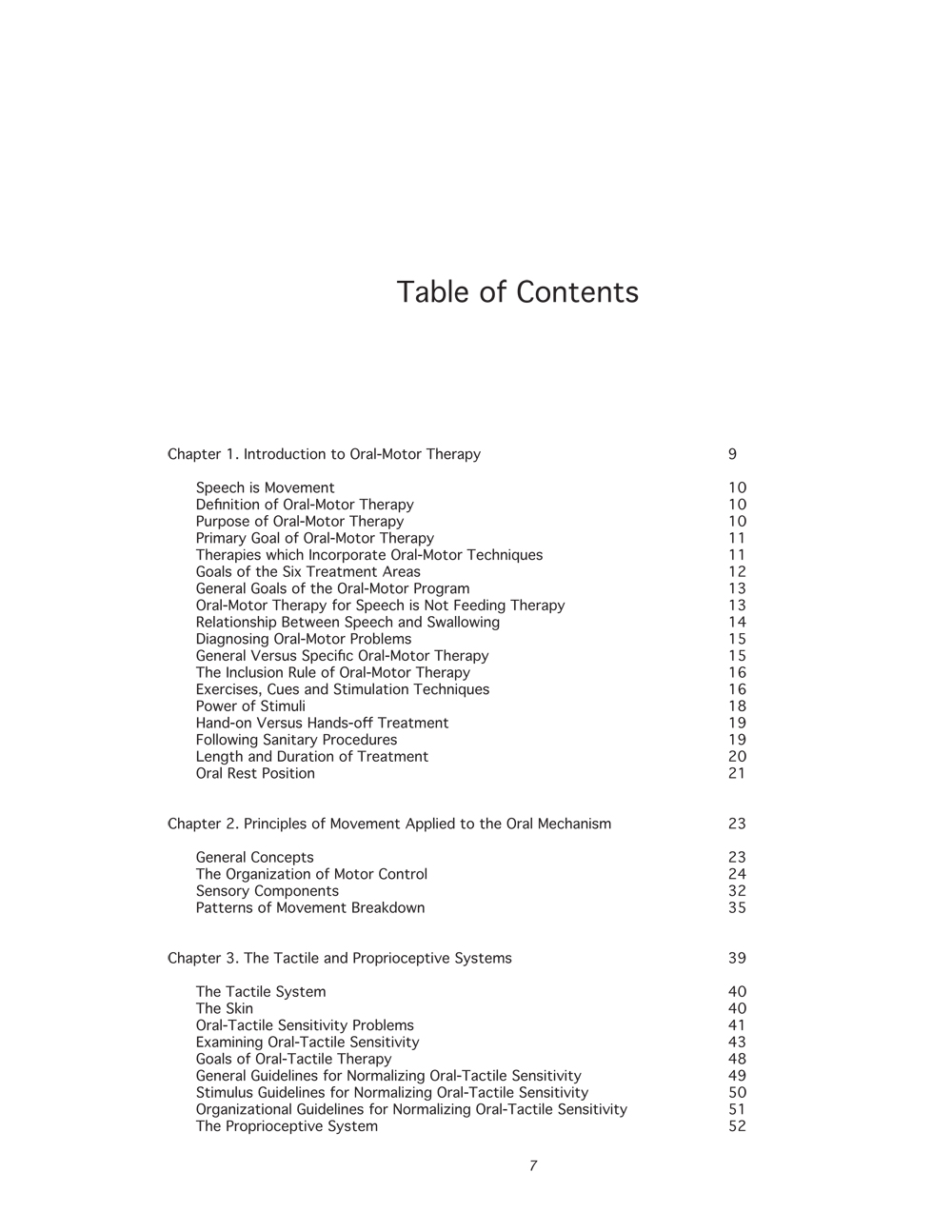
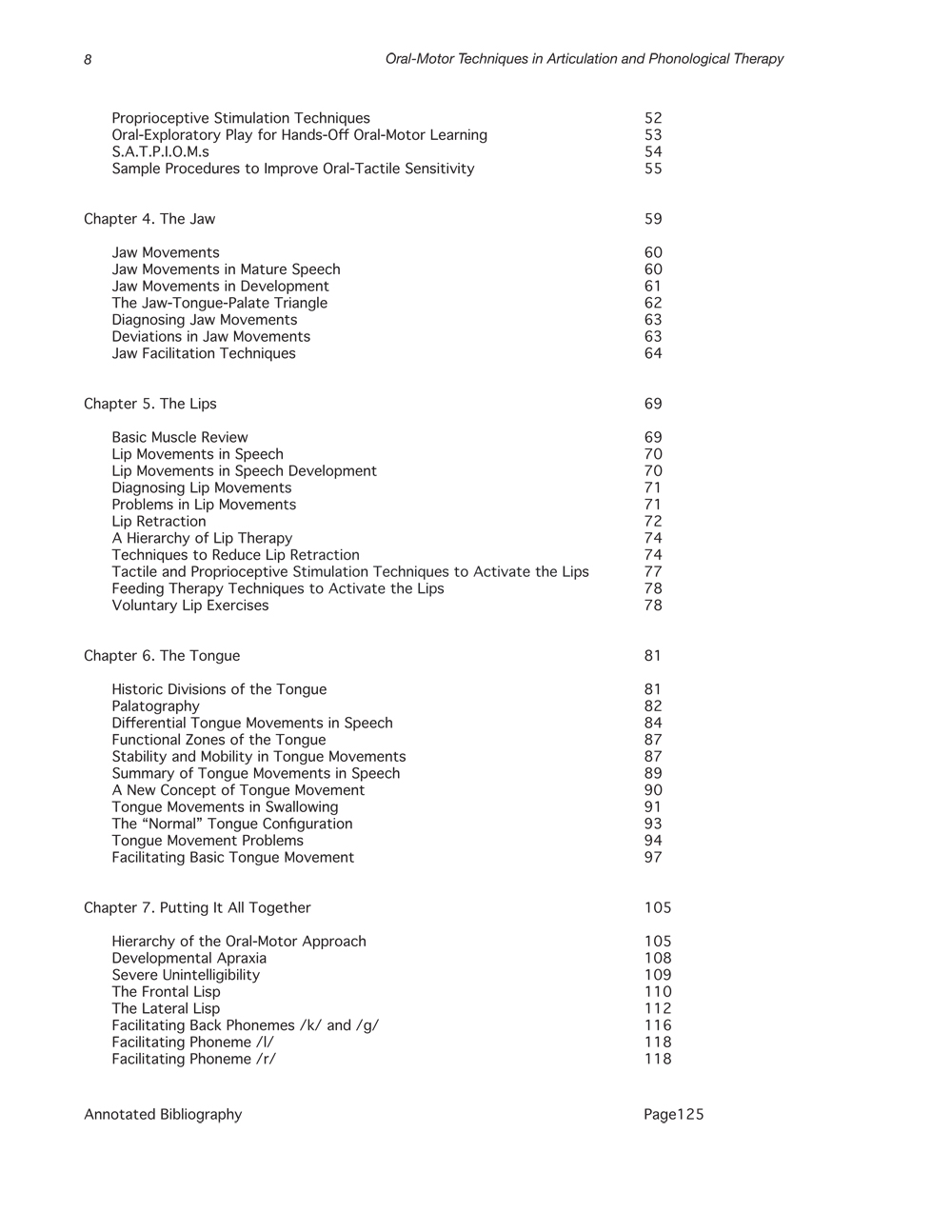
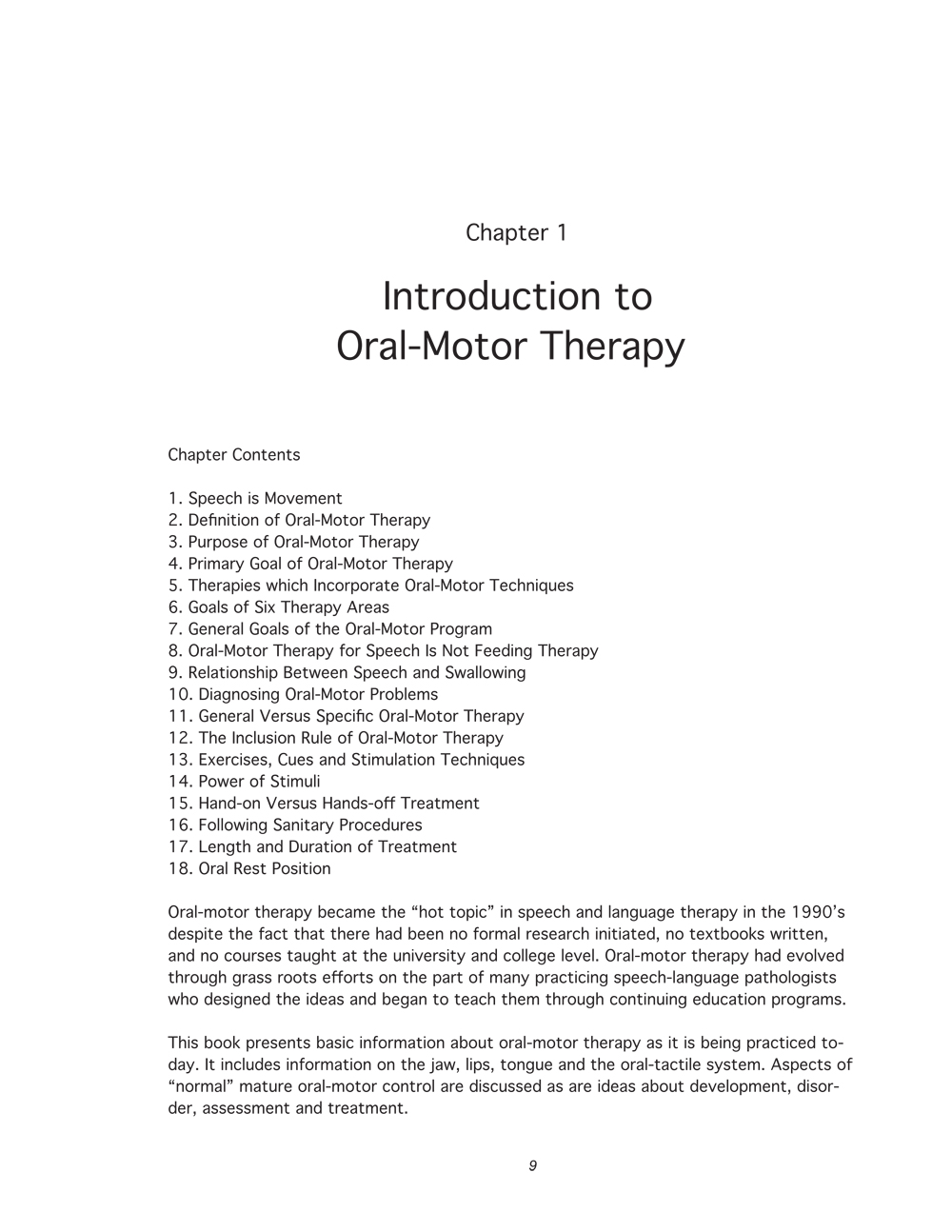

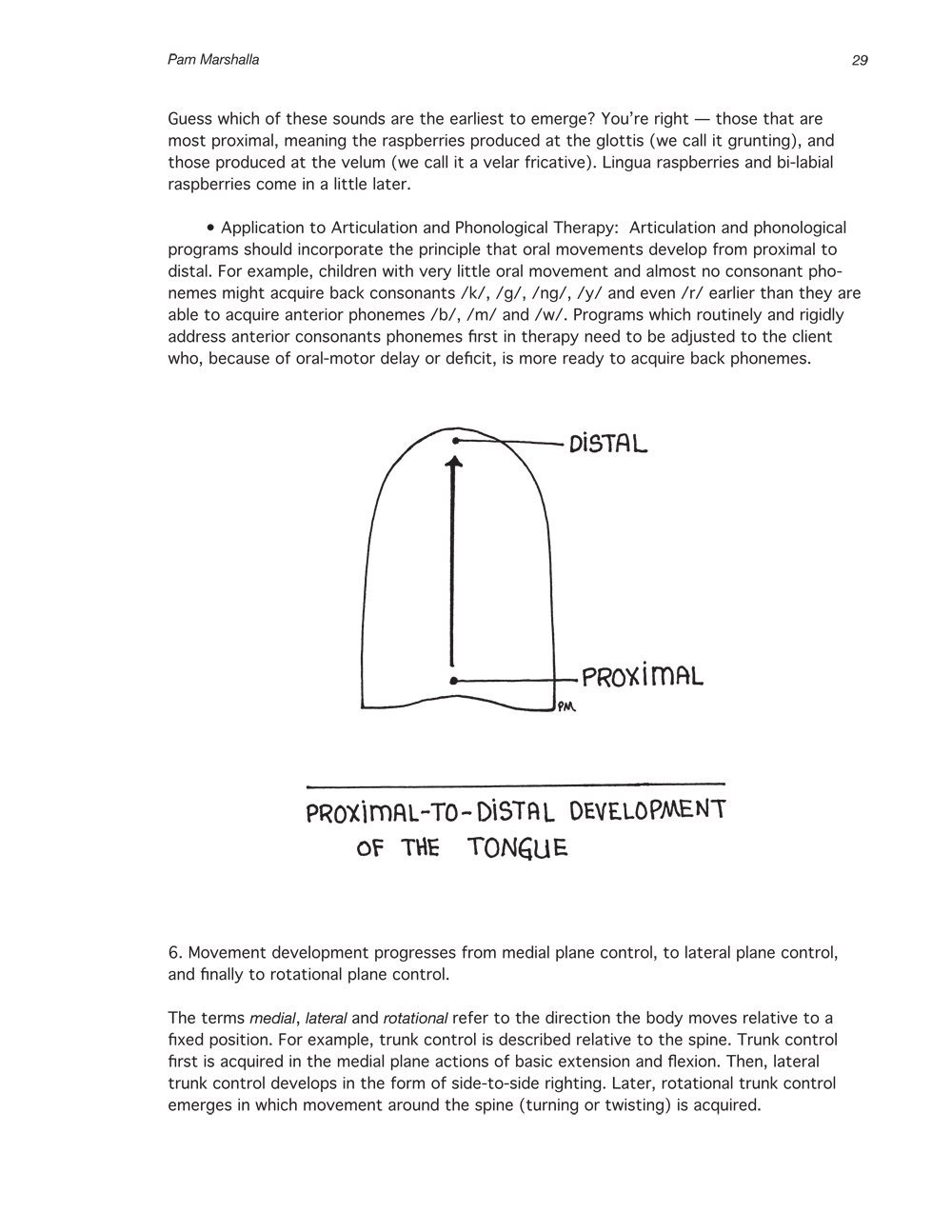
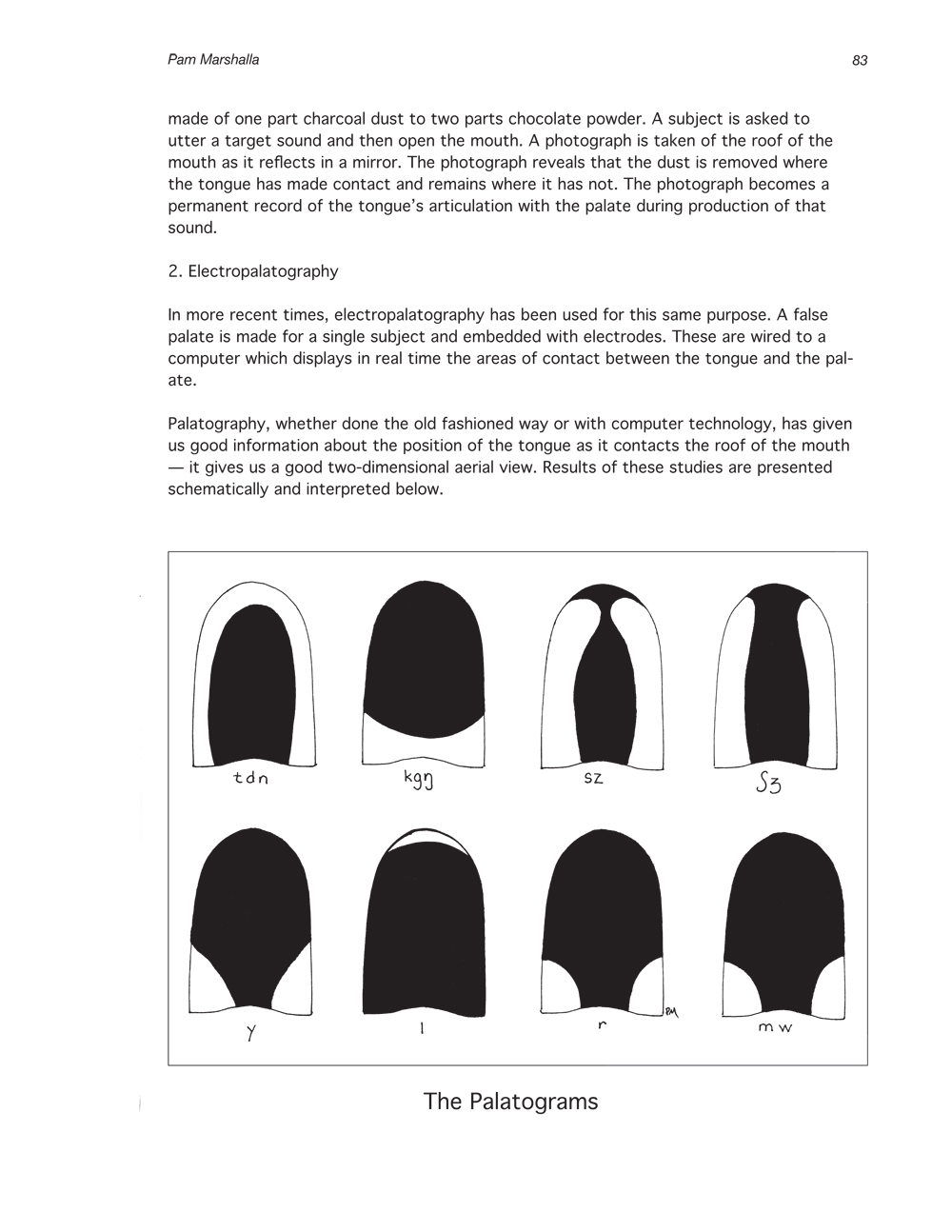



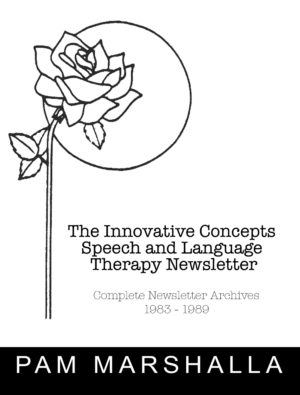
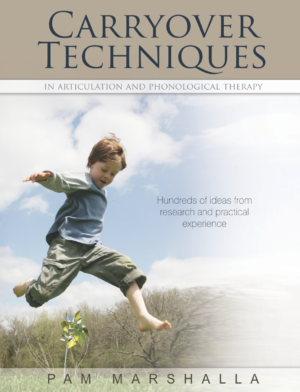
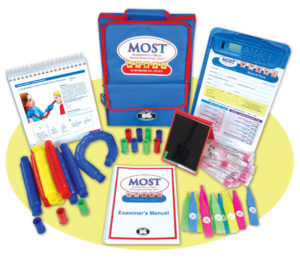
Cathy –
Your tips are wonderful! The pictures of the tongue and how it should look during /r/ production are priceless!
Judy Butler –
The drawings in this book are wonderfully straightforward and easy-to-understand.
Teresa Harwood Wallace –
I attended the 2-day workshop more than a decade ago that covered the content of this ground-breaking material in the SLP field. I have used this material as the basis of my oral-motor therapy since that time. This is a very valuable resource! Thank you, Pamela for your contribution to our field!
S. Na Nakorn –
This book is very useful as it contains both oral motor and phonological techniques. It is easy to use.
Arlene Rubin Helcman –
Excellent book from an inspirational SLP. Thanks for the wonderful information, insight and materials.
Anonymous –
I’ve owned this book for something like 20 years and it’s been an incredible help for me! I just bought a new copy because my old one is worn through — this book completely outlines all the fundamentals of artic therapy in ways I was NEVER taught in school. A+